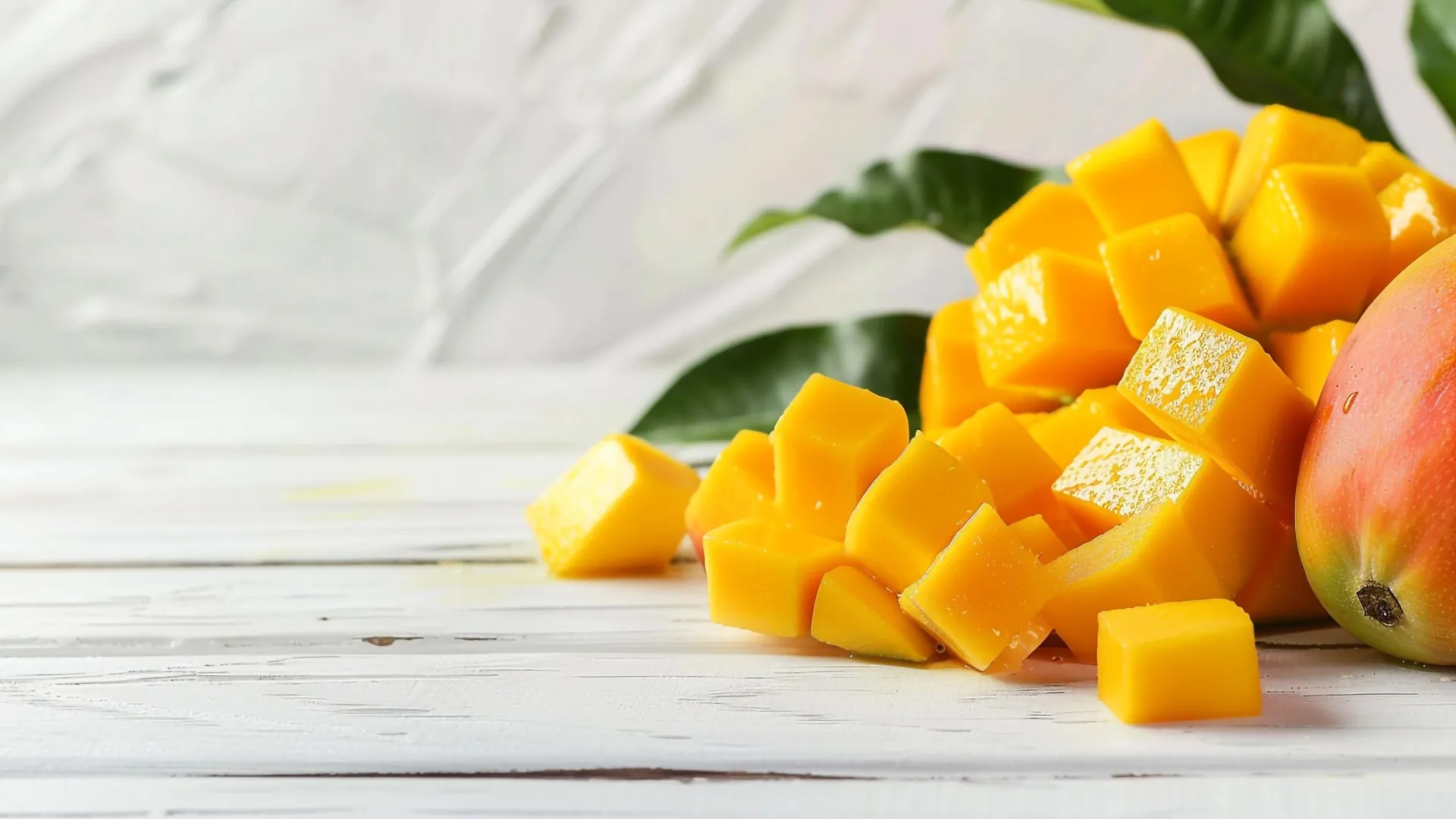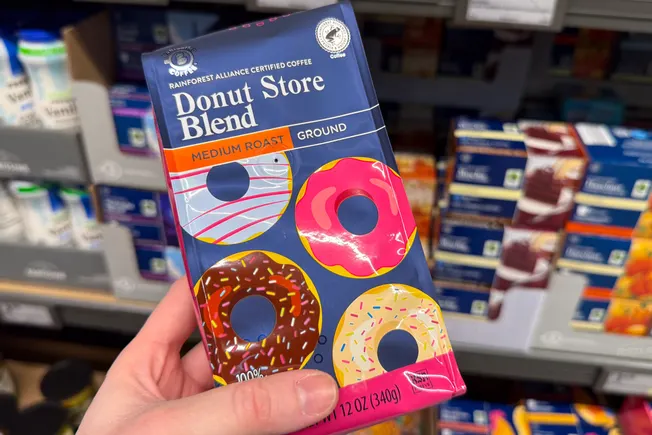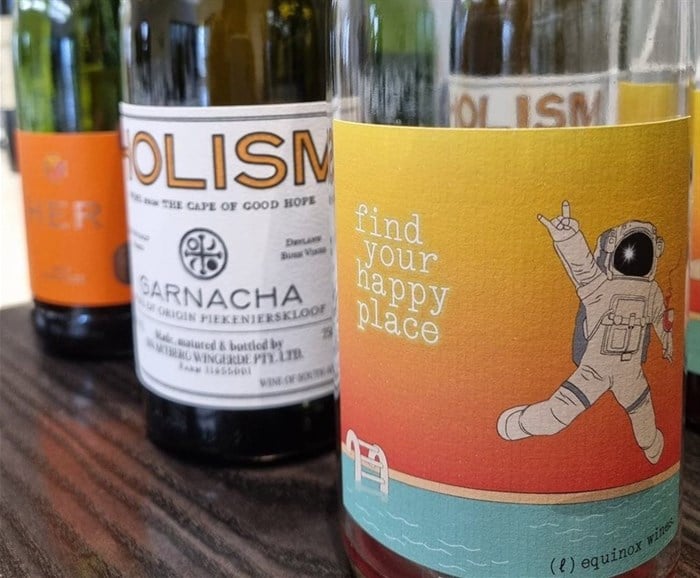Summary
Mango lovers and growers alike may soon rejoice: scientists at Edith Cowan University have found that a simple dip in ozonated water can drastically extend the shelf life of mangoes by up to two weeks while reducing spoilage.
Source: Science Daily

AI News Q&A (Free Content)
Q1: What is the significance of using ozonated water in preserving mangoes?
A1: Ozonated water is significant in preserving mangoes as it extends the shelf life by up to two weeks, reducing spoilage without the use of traditional preservatives. This method utilizes the natural sterilizing properties of ozone, which decomposes into oxygen and water after neutralizing pollutants.
Q2: How does the method of using friction tubes enhance the effectiveness of ozonated water?
A2: Friction tubes, or nanotubes, enhance the effectiveness of ozonated water by generating nanobubbles, which increase the half-life of ozone in water. This method allows for the production of high-concentration ozone water that maintains its efficacy over time, making it more practical for use in industries like agriculture.
Q3: What are the potential health impacts of using artificial ripening agents on mangoes?
A3: The use of artificial ripening agents like wood ash and rice chips can lead to increased moisture, protein, and ash content in mangoes, but also poses cytogenotoxic risks. Chromosomal abnormalities such as sticky, vagrant, and laggard aberrations have been observed, indicating potential health hazards.
Q4: How does ozone interact with catalysts like CeO2 to enhance ozone decomposition?
A4: Ozone interacts with catalysts like CeO2 by utilizing oxygen vacancies on the surface, which enhance the interaction between ozone and the catalyst. This interaction is crucial for the catalytic degradation of ground-level ozone, as studied using first-principles calculations.
Q5: What are the broader applications of nanobubble ozone water technology?
A5: Nanobubble ozone water technology has broader applications in various industries including water purification, horticulture, medicine, and food safety. Its ability to maintain high ozone concentration makes it effective for sterilization purposes, as demonstrated in virucidal activity tests against viruses like H1N1 and SARS-CoV-2.
Q6: Why is there a need for public awareness regarding the use of artificial ripening agents?
A6: Public awareness is necessary because artificial ripening agents can induce toxicities in fruits, posing health risks. The significant differences in root growth and chromosomal aberrations observed in studies highlight the potential dangers, urging the need for safer ripening practices.
Q7: What are the environmental benefits of using ozonated water in agriculture?
A7: Using ozonated water in agriculture offers environmental benefits such as reducing the need for chemical preservatives and minimizing waste. As ozone decomposes into harmless substances, it prevents pollution and supports sustainable farming practices.
References:
- Friction Tubes to Generate Nanobubble Ozone Water with an Increased Half-Life for Virucidal Activity
- Comparative Evaluation of the Proximate and Cytogenotoxicity of Ash and Rice Chips Used as Mango Fruit Artificial Ripening Agents in Birnin Kebbi, Nigeria
- Controlling Moisture for Enhanced Ozone Decomposition: A Study of Water Effects on CeO$_2$ Surfaces and Catalytic Activity




